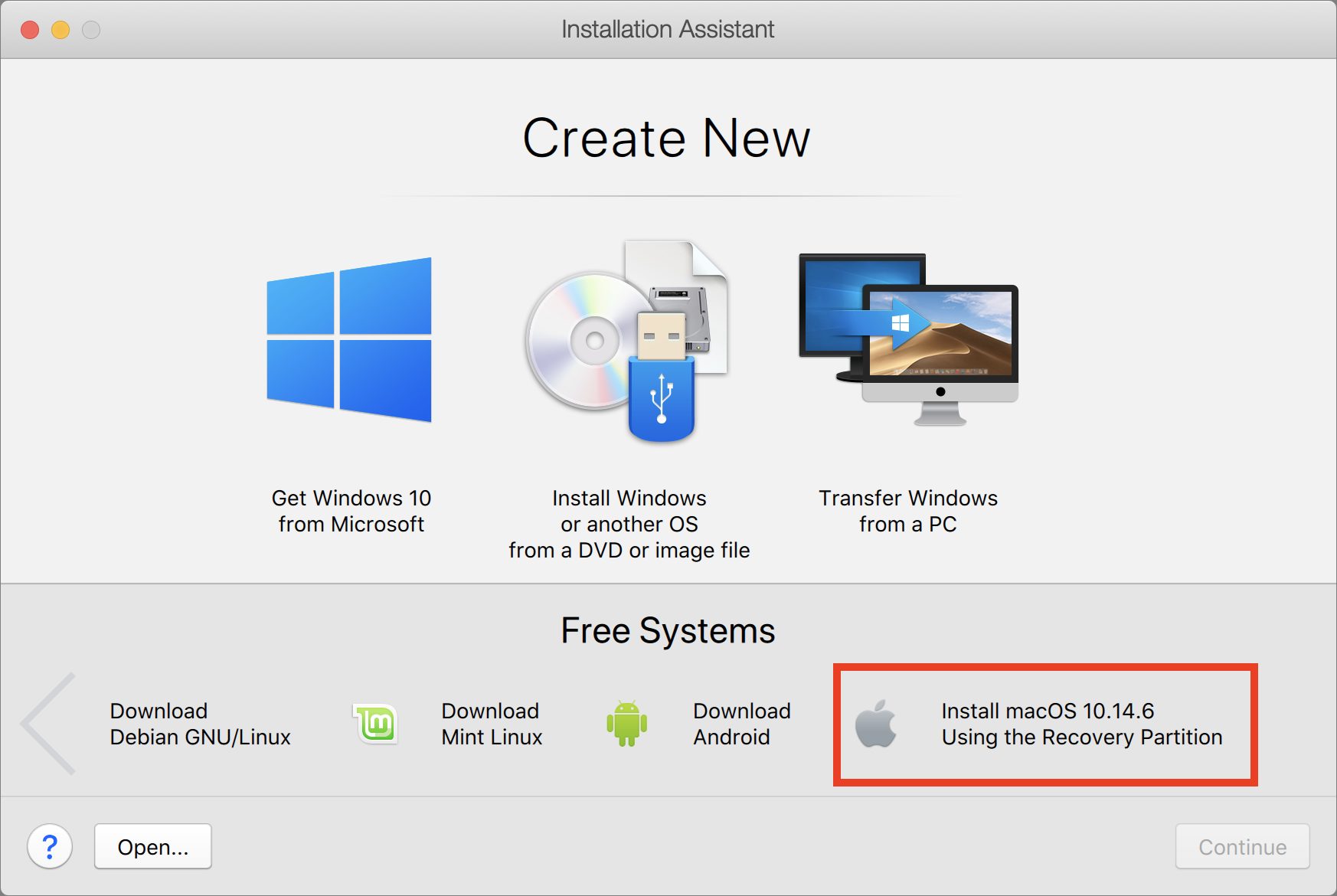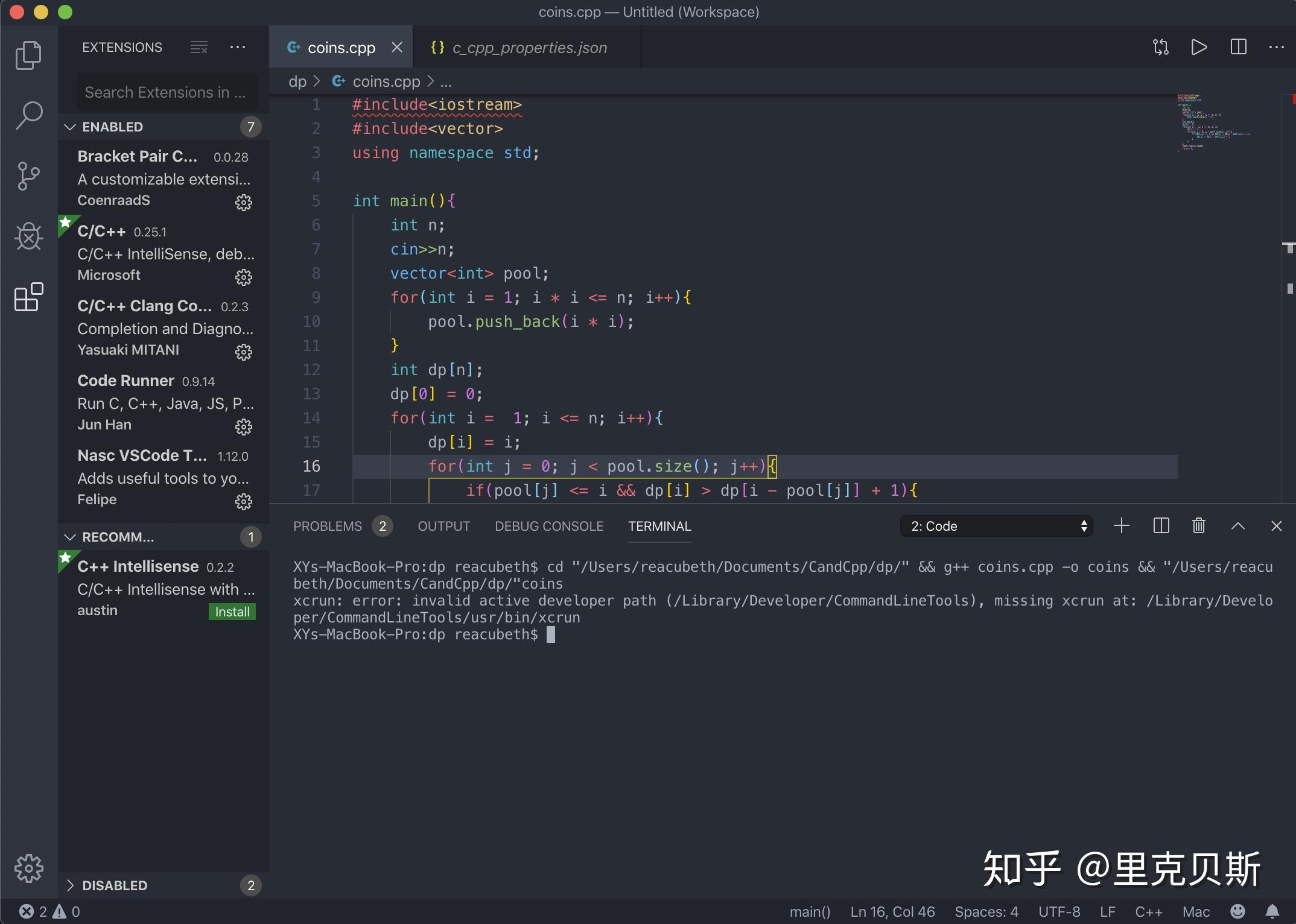
- Lmdb: 0.9.29: Lightning memory-mapped database: key-value data store: bzip2: 1.0.8: Freely available high-quality data compressor: zlib: 1.2.11: General-purpose.
- STEP 4: Install Puppet Agent. The Puppet Agent can be installed on macOS Homebrew or via terminal. Option 1: Installing with Homebrew. If you don’t already have Homebrew, install it using.
- Step 4 — Installing, Upgrading, and Removing Packages. Now that Homebrew is installed, use it to download a package. The tree command lets you see a graphical directory tree and is available via Homebrew. Install tree with the brew install command: brew install tree.
- My catalina version is 10.15.2 (19C57) Home-brew version is. ShawnstationdeMacBook-Pro: shawnstation$ brew -version Homebrew 1.6.9 Homebrew/homebrew-core (git revision fab7d; last commit 2018-07-07).
Install Brew On Catalina

Setting Up A Database
While you would think this is a common desire, most pages I have found will simply point to Homebrew to download and install a newer bash version. The main challenge with using brew is that it does not work on the scale that MacAdmins require.
We're going to install sqlite3 from homebrew because we can't use the built-in version with macOS Sierra without running into some troubles.
Rails ships with sqlite3 as the default database. Chances are you won't want to use it because it's stored as a simple file on disk. You'll probably want something more robust like MySQL or PostgreSQL.
There is a lot of documentation on both, so you can just pick one that seems like you'll be more comfortable with.

If you're new to Ruby on Rails or databases in general, I strongly recommend setting up PostgreSQL.
If you're coming from PHP, you may already be familiar with MySQL.
MySQL
You can install MySQL server and client from Homebrew:
Once this command is finished, it gives you a couple commands to run. Follow the instructions and run them:

By default the mysql user is root with no password.
When you're finished, you can skip to the Final Steps.
Macos Catalina Brew Install Java
PostgreSQL
You can install PostgreSQL server and client from Homebrew:

Once this command is finished, it gives you a couple commands to run. Follow the instructions and run them:
By default the postgresql user is your current OS X username with no password. For example, my OS X user is named chris so I can login to postgresql with that username.